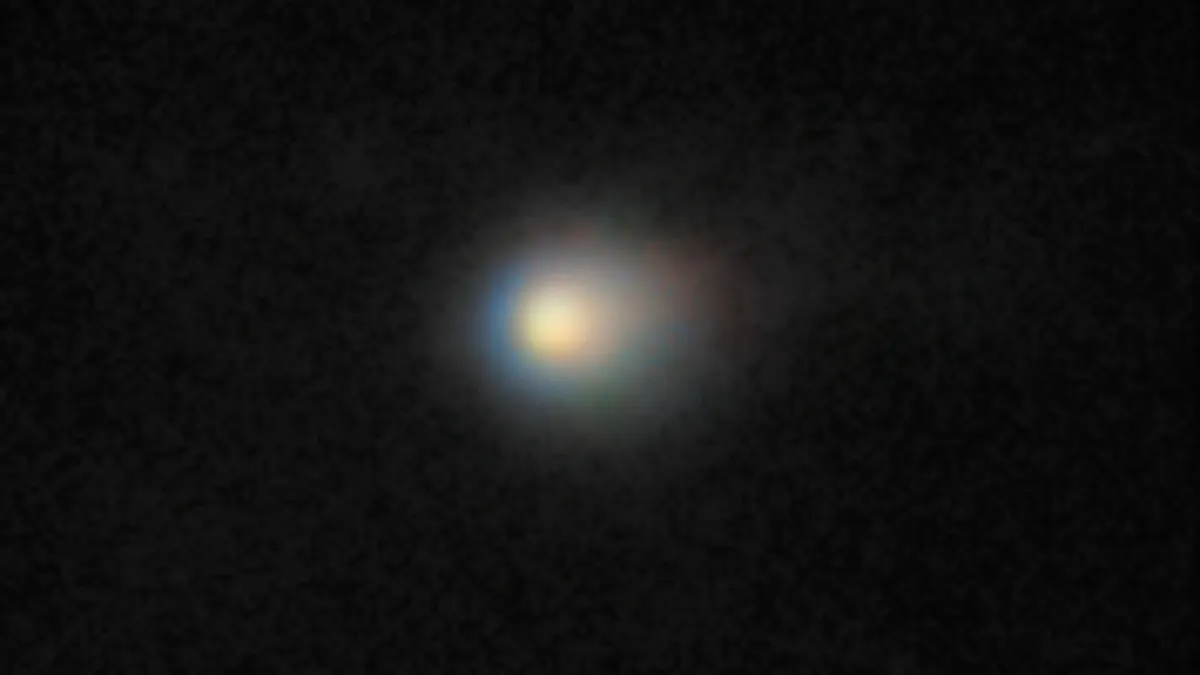
A team of astronomers has recently unveiled a stunning new perspective of the interstellar visitor, 3I/ATLAS, as it makes its way toward the inner solar system. Utilizing the advanced capabilities of the Gemini North telescope located in Hawai‘i, researchers captured images of this newfound comet approximately 290 million miles (465 million kilometers) away from Earth.
3I/ATLAS was first detected by the Asteroid Terrestrial-impact Last Alert System (ATLAS) on July 1. This remarkable object is only the third known interstellar object to be identified, confirming its origin beyond our solar system. The National Science Foundation's (NSF) NOIRLab, which oversees the International Gemini Observatory, provided this information in a recent statement.
Martin Still, the NSF program director for the International Gemini Observatory, emphasized the importance of the telescope's sensitivity and scheduling agility in enabling early characterization of this interstellar wanderer. He stated, "We look forward to a bounty of new data and insights as this object warms itself on sunlight before continuing its cold, dark journey between the stars."
Interstellar objects like 3I/ATLAS are fascinating remnants from distant star systems that have been ejected into the vastness of space. They provide invaluable insights into the building blocks of other planetary systems throughout the universe, including the chemical elements that existed during their formation. This aspect enhances our understanding of planetary system formation and the various components that contribute to the creation of celestial bodies.
3I/ATLAS joins the ranks of only two other interstellar objects that have been detected visiting our solar system: 1I/'Oumuamua in 2017 and 2I/Borisov in 2019. While it is believed that many more objects of this kind regularly pass through our solar system, capturing them remains a significant challenge for astronomers. Fortunately, at an estimated diameter of 12 miles (20 km), 3I/ATLAS is considerably larger than its predecessors, making it a more suitable target for detailed study.
The latest images captured by the Gemini North telescope reveal that 3I/ATLAS possesses a compact coma, which is the cloud of gas and dust surrounding its icy core. Additional observations suggest that this comet may be the oldest ever discovered, potentially predating our solar system and originating from the outer thick disk of the Milky Way.
Looking ahead, 3I/ATLAS is set to reach its closest approach to the sun on October 30, passing within 130 million miles (210 million kilometers), just inside the orbit of Mars. Furthermore, in December, it will come within approximately 170 million miles (270 million kilometers) of Earth. However, astronomers assure that it poses no danger to our planet.
As 3I/ATLAS continues its journey through our solar system, astronomers are eager to gather more data and insights, enhancing our understanding of these extraordinary interstellar travelers.